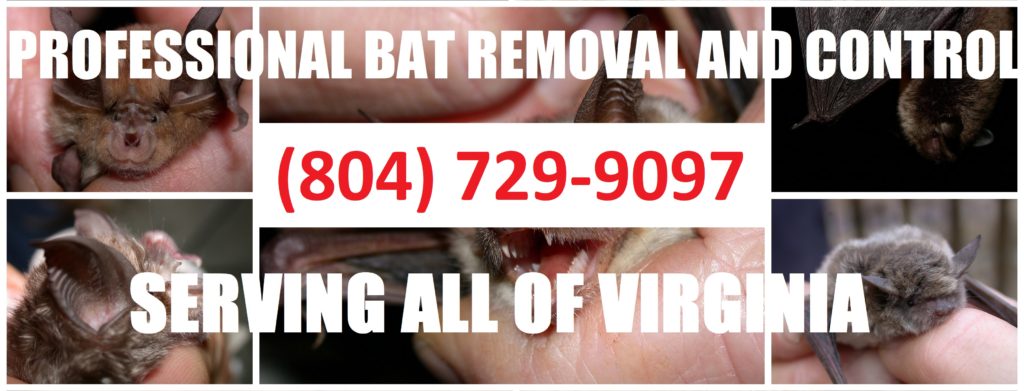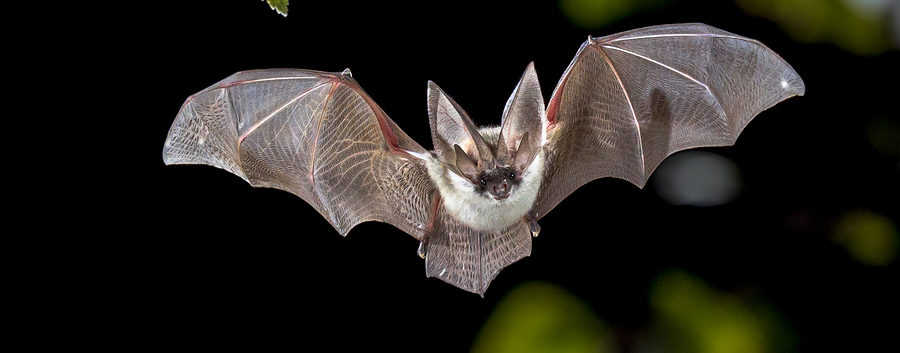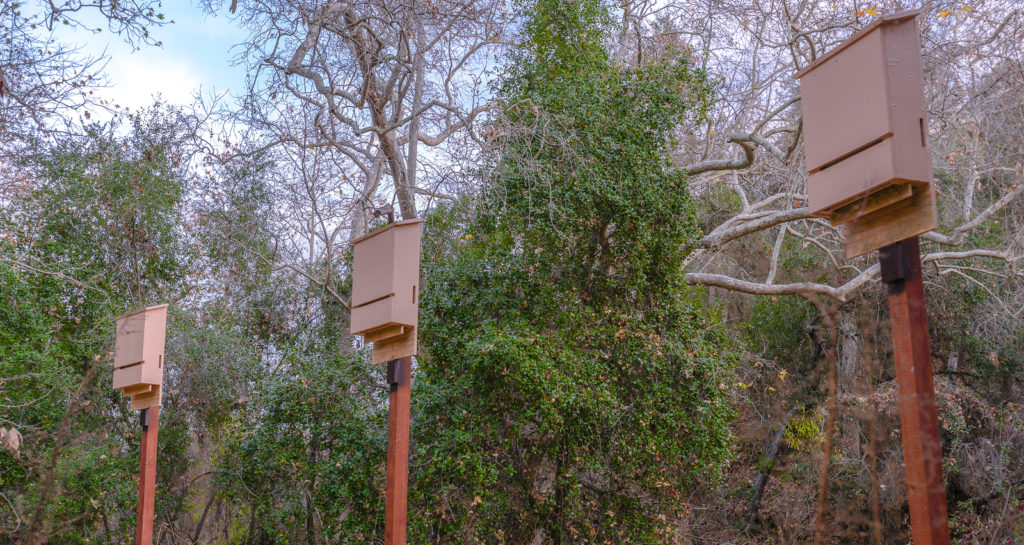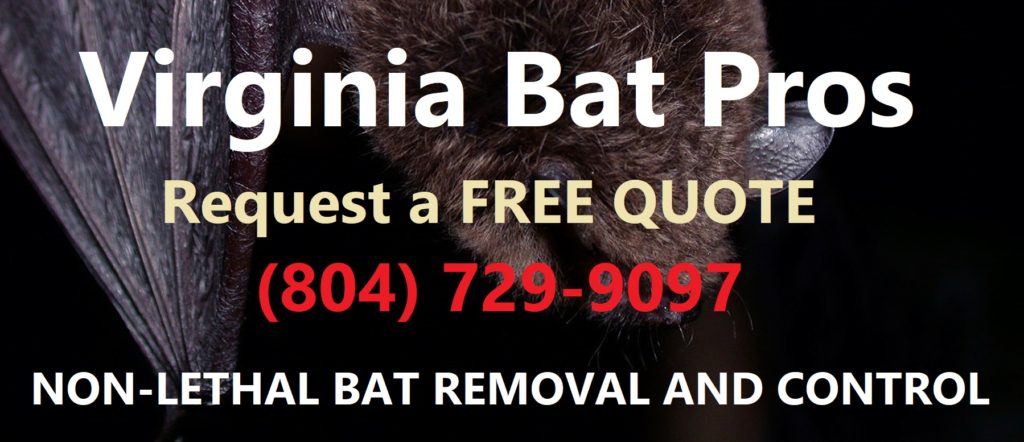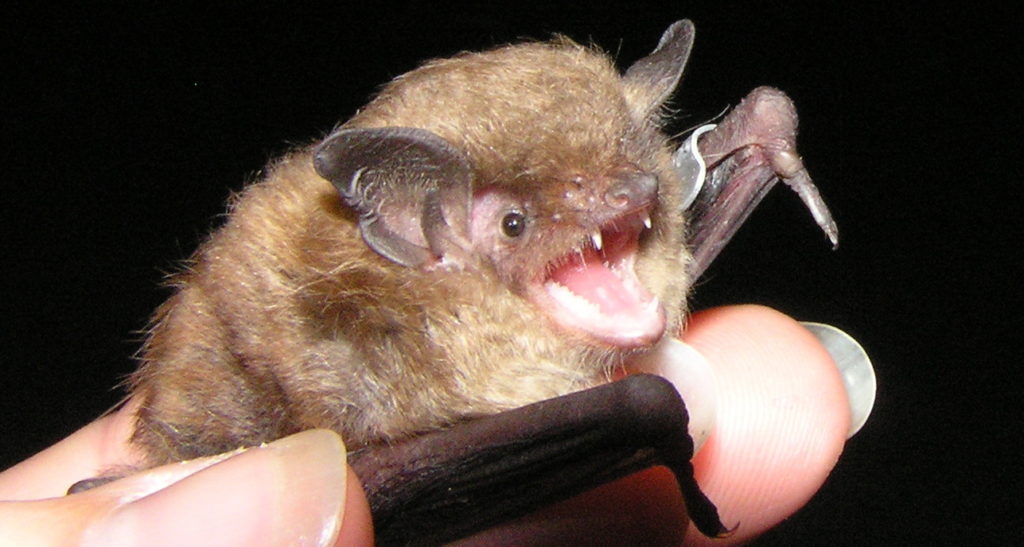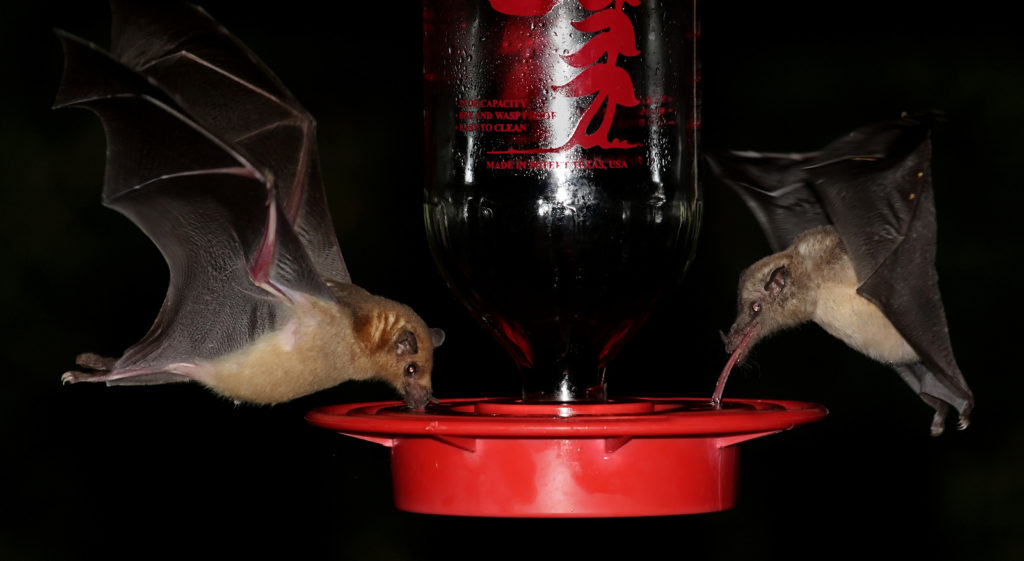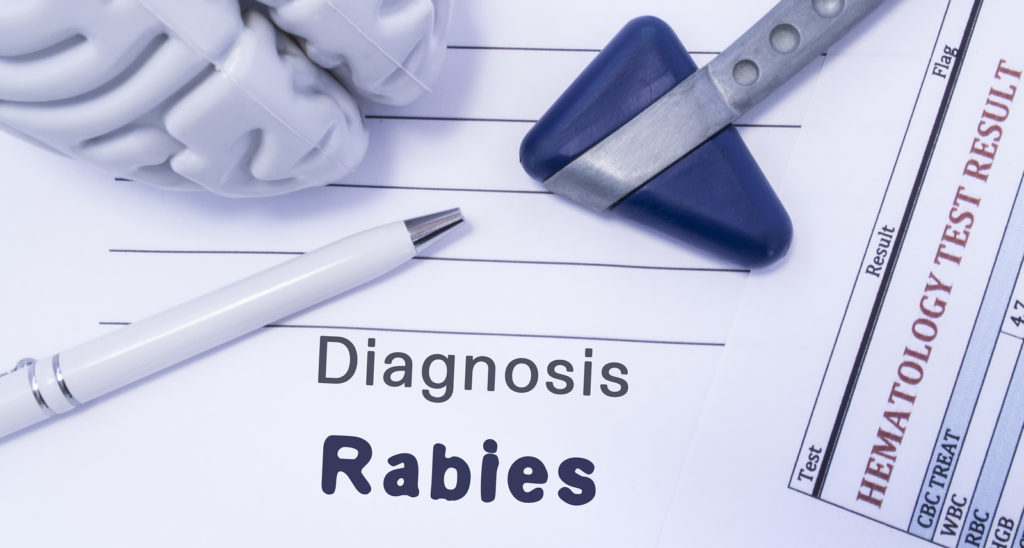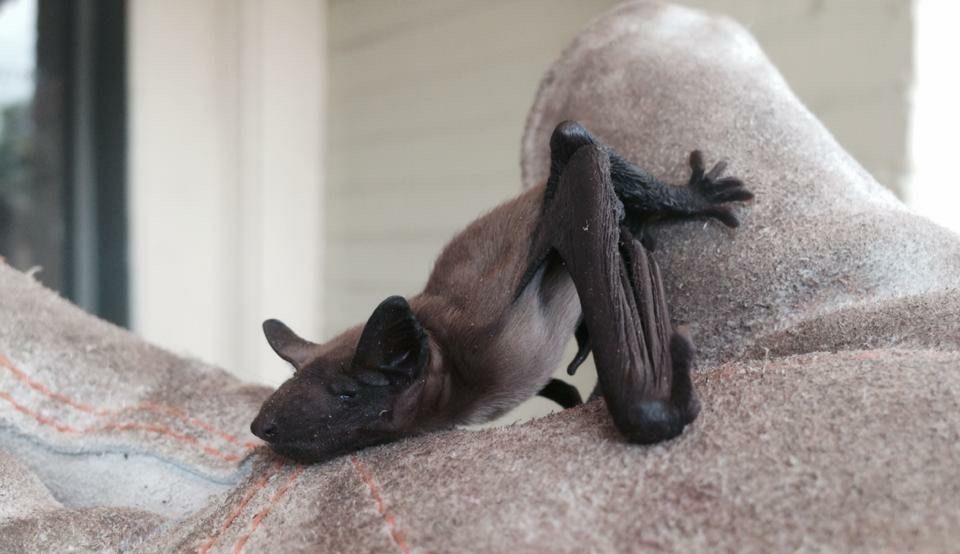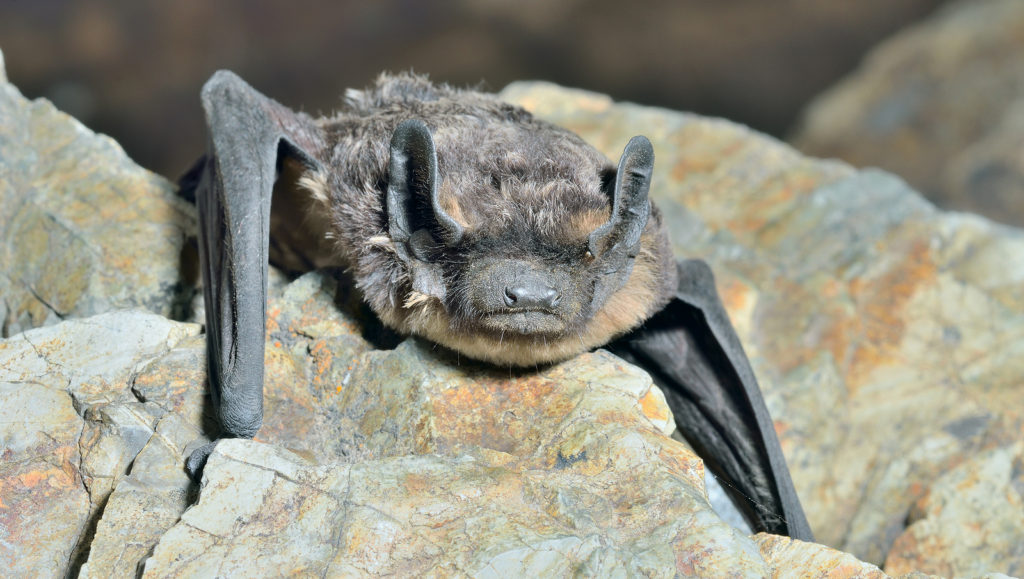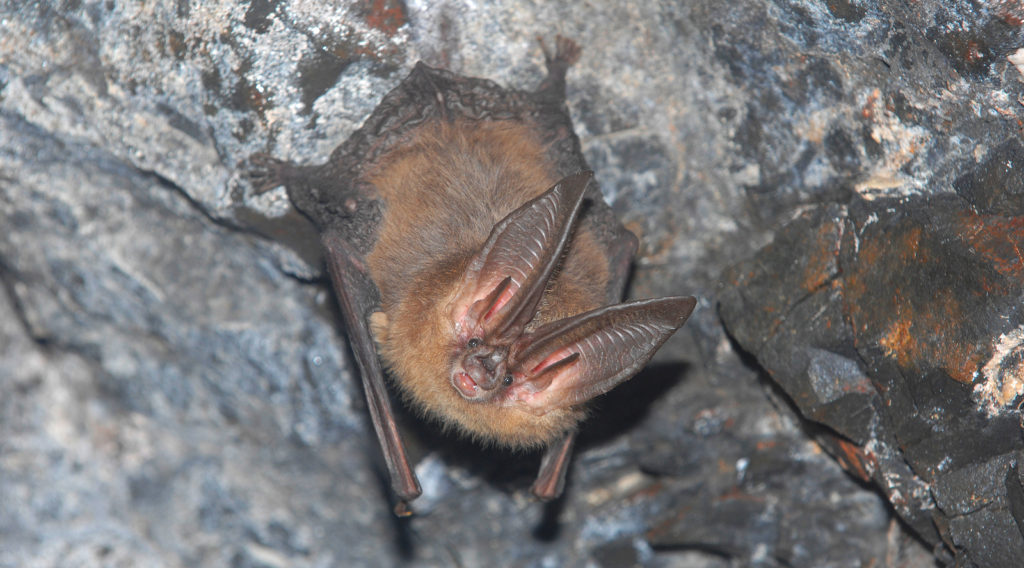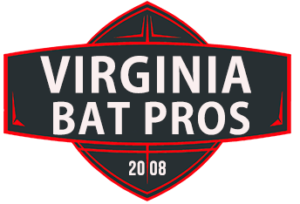Bats are incredible mammals. That’s right; bats are not rodents like many incorrectly assume. Bats are a mammalian species that provide several ecological and economical contributions that we as a society rely on for many things. As such an incredible species, it is good to learn more about bats so that you can spread the word on their importance. Furthermore, you can learn how to support local bat colonies in your area without jeopardizing the safety and structural integrity of your property. However, the best place to start when you want to enhance your knowledge and understanding of bats is with the basics.
Continue reading to learn about the two main types of bats in the world, and which one is the type that lives in your neck of the woods.
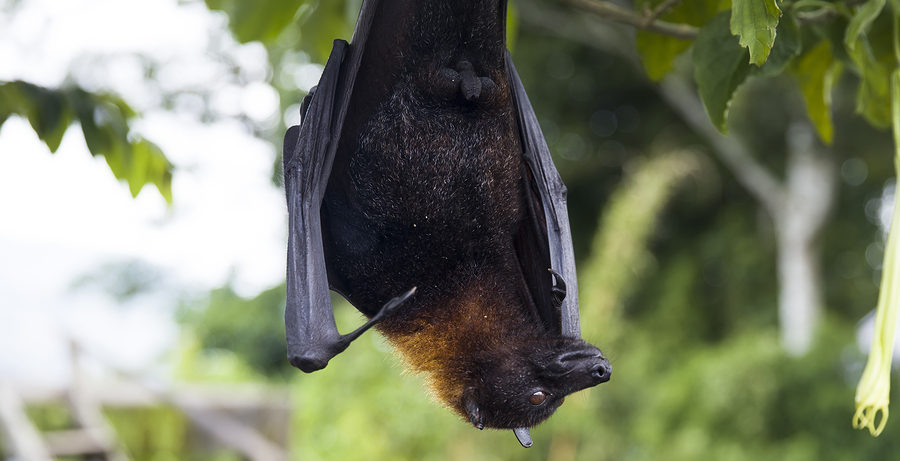
Chiroptera Order
Bats are flying mammals that belong to the order Chiroptera, which comes from the Greek words cheir for “hand”, and pteron for “wing.” This names was inspired by bat’s hand-like wings that are shaped from four elongated “fingers” covered by skin (cutaneous) membrane. Bats are actually the second largest order of mammals in the world, as they make up nearly 20% of all classified mammal species, and contain over 1,200 species. This mammalian order is further broken down into two sub-orders, Megachiroptera and Microchiroptera.
Megabats
The term megabats is a colloquial moniker for Megachiroptera, which is one of the two sub-orders of bats. However, the term Megachiroptera is outdated as a result of recent scientific evidence. So now, this suborder of bats is referred to as Yinpterochiroptera.
Megabats are large, but range in size depending on the family, genus, and species of bat. For instance, the largest family of bats are known as Flying Foxes, and can weigh as much as 4 pounds and have a wingspan up to 5 or 6 feet!
Other megabats are known as Old-World Fruit Bats, or just Fruit Bats. That is because megabats are frugivorous, so they consume the nectar and pollen from flowering fruits. They also live in tropical and subtropical regions, so you are not likely to see a megabat in the Old Dominion.
Microbats
The term microbats is a colloquial moniker for Microchiroptera, which is one of the two sub-orders of bats. However, the term Microchiroptera is outdated as a result of recent scientific evidence. So now, this suborder of bats is referred to as Yangochiroptera.
Microbats are smaller than megabats, ranging in size depending on the same factors mentioned before. Some are so small, they can squeeze through an opening as tiny as 3/8th of an inch! For this reason, they are common nuisances for home and building owners in Virginia.
Microbats do not eat the same diet as megabats either. Instead, they are insectivorous, which means they consume insects like flies, gnats, moths, and mosquitoes. A single bat can consume more than 1,000 insects in a single night! They are excellent pest control.
Nuisance Bats in Virginia
Here in Virginia, we have microbats. In fact, read our blog, “Get to Know Our State Bat” for a better understanding of how bats native to our area can behave, as well as, affect our properties. If you suspect you have bats in the attic, or simply wish to control a nuisance bat problem, contact a Virginia Bat Control Company that can deliver safe, non-lethal assistance.
Safe and Affordable Bat Control in Virginia
Call Virginia Bat Pros at 804-729-9097 for safe and humane bat removal and control assistance in Old Dominion. We serve all of Virginia with 24 hour bat removal, as well as, numerous residential and commercial bat exclusion services, such as bat cleanup and restorations for bat damages. We even provide insurance work! Contact us at 804-729-9097 to request a free estimate, anytime.
